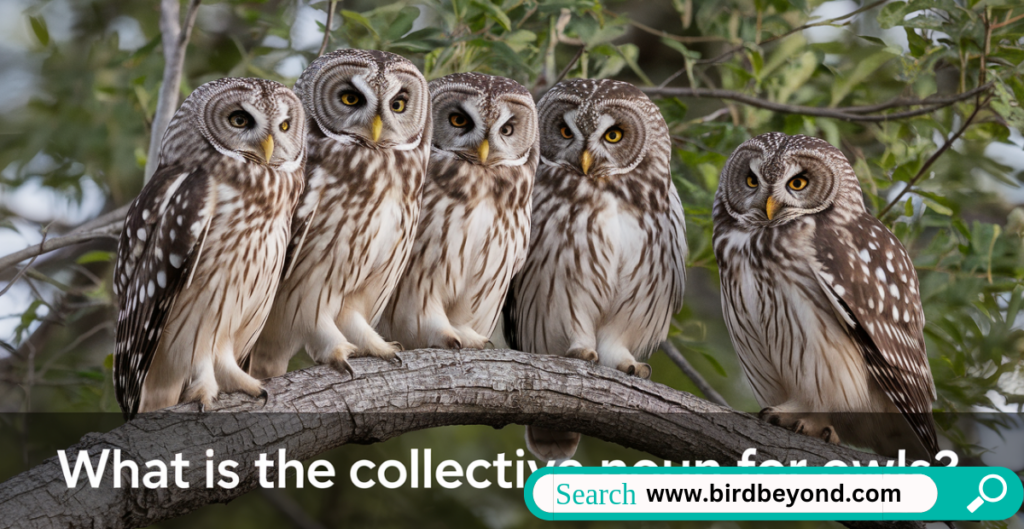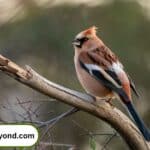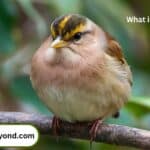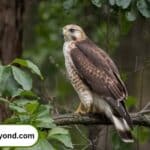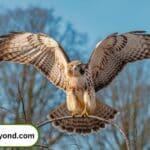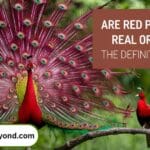When it comes to the animal kingdom, few creatures capture our imagination quite like owls. These enigmatic birds, with their piercing eyes and silent flight, have long been symbols of wisdom and mystery. But have you ever wondered what we call a group of these nocturnal hunters? Let’s dive into the intriguing world of owl collectives and uncover the charming terminology that surrounds these fascinating creatures.
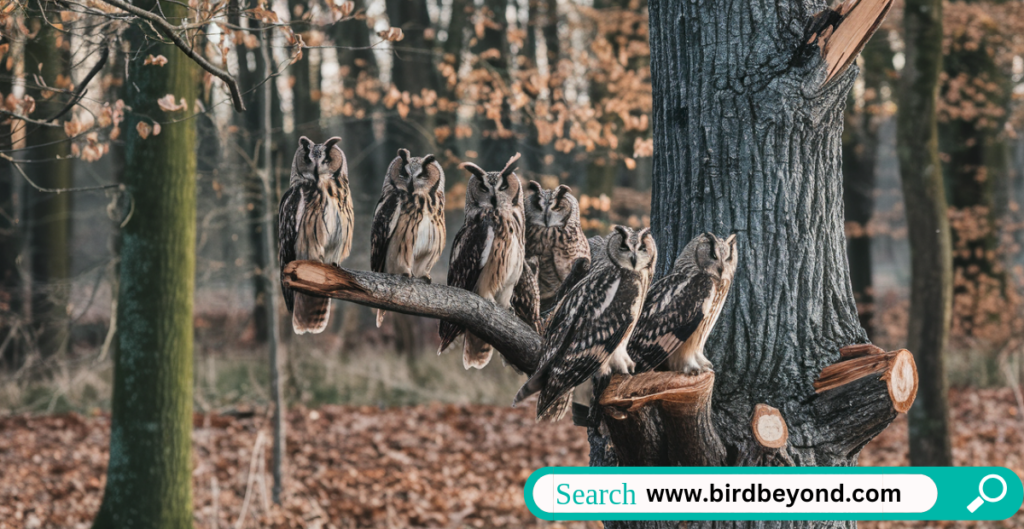
The Primary Collective Nouns for Owls: More Than Just a Hoot
A Parliament of Owls: The Regal Gathering
The most widely recognized collective noun for owls is “a parliament of owls.” This term evokes images of wise, deliberating creatures, perched in solemn rows, perhaps discussing the affairs of the forest under the cover of night. But where did this regal term come from?
The origin of “parliament” as a collective noun for owls dates back to C.S. Lewis’s beloved series, “The Chronicles of Narnia.” In these tales, owls often gathered to debate and make decisions, mirroring human parliamentary proceedings. This literary reference struck a chord, and the term has since become firmly entrenched in our lexicon.
A Wisdom of Owls: Feathered Philosophers
Another popular collective noun for owls is “a wisdom of owls.” This term beautifully captures the long-standing association between owls and intelligence. The connection isn’t just a modern fancy – it stretches back to ancient times.
In Greek mythology, Athena, the goddess of wisdom, often appeared with an owl as her companion. This association cemented the owl’s reputation as a wise and knowledgeable creature in Western culture. Today, when we speak of a wisdom of owls, we’re tapping into this rich cultural heritage.
Beyond Parliament and Wisdom: Lesser-Known Owl Collectives
While “parliament” and “wisdom” might be the headliners, there are other collective nouns for owls that are equally charming:
- A stare of owls: Referencing their intense, unblinking gaze
- A study of owls: Perhaps a nod to their studious appearance
- A hooting of owls: A more onomatopoeic approach to group naming
- A bazaar of owls: Suggesting a gathering as diverse and intriguing as a marketplace
Each of these terms paints a vivid picture, showcasing different aspects of owl behavior or appearance. They remind us of the richness of language and the human tendency to find poetry in nature.
Collective Nouns for Baby Owls: A Brood of Cuteness
When it comes to baby owls, or owlets, we see a shift in terminology. The collective nouns used for these fluffy youngsters include:
- A clutch of owlets: Typically referring to eggs or very young birds
- A brood of owlets: Used for a family group of young owls
These terms aren’t unique to owls – they’re often used for other bird species too. But there’s something particularly endearing about imagining a brood of wide-eyed, fuzzy owlets huddled together in their nest.
The Science Behind Owl Groupings: Not Just a Literary Fancy
While collective nouns like “parliament” and “wisdom” are delightful, they don’t necessarily reflect the actual social behaviors of owls in the wild. Most owl species are solitary creatures, coming together primarily for mating purposes.
However, some species, like the Burrowing Owl, do exhibit more social behaviors. These small, long-legged owls often live in loose colonies, a behavior that sets them apart from their more solitary cousins.
Here’s a quick comparison of social behaviors among different owl species:
| Owl Species | Social Behavior |
|---|---|
| Barn Owl | Mostly solitary, pairs during breeding season |
| Great Horned Owl | Territorial, solitary outside of mating |
| Burrowing Owl | Lives in loose colonies |
| Tawny Owl | Territorial, but may roost communally in winter |
This diversity in social behavior reminds us that while collective nouns are fun and evocative, they don’t always align with scientific reality. Nonetheless, they serve an important purpose in capturing our imagination and fostering an appreciation for these remarkable birds.
Owl Collective Nouns in Popular Culture: From Lear to Lewis
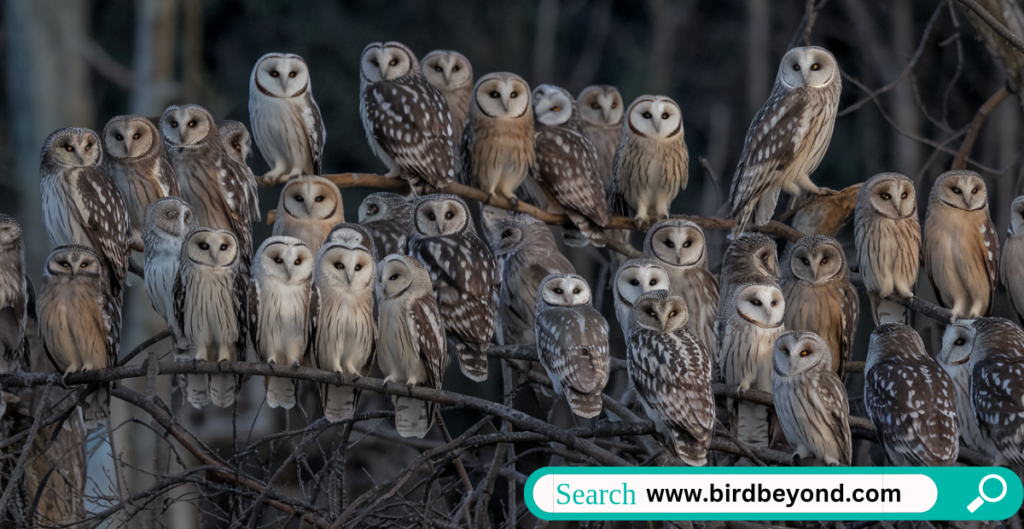
The use of collective nouns for owls has a rich history in literature and popular culture. Let’s explore some notable appearances:
- Edward Lear’s Limericks: The nonsense poet often featured owls in his work, contributing to their whimsical image.
- C.S. Lewis’s Narnia: As mentioned earlier, “The Chronicles of Narnia” played a crucial role in popularizing the term “parliament of owls.”
- Harry Potter Series: J.K. Rowling’s magical world features owls prominently, often gathered in the Owlery at Hogwarts.
- Winnie the Pooh: The wise old Owl in A.A. Milne’s beloved stories further cemented the owl’s reputation for wisdom in children’s literature.
These cultural references have not only entertained us but also raised awareness about owl conservation. By endearing owls to the public through literature and media, these works have indirectly contributed to efforts to protect these magnificent birds and their habitats.
The Linguistics of Owl Collective Nouns: A Hoot of a Study
The evolution of collective nouns is a fascinating area of linguistic study. These terms often arise from a combination of careful observation, cultural associations, and pure linguistic playfulness.
Let’s compare some animal collective nouns:
| Animal | Collective Noun | Possible Origin |
|---|---|---|
| Owls | Parliament | Literary (C.S. Lewis) |
| Crows | Murder | Behavior/Superstition |
| Lions | Pride | Characteristic |
| Fish | School | Behavior |
| Flamingos | Flamboyance | Appearance |
As we can see, collective nouns often draw on distinctive characteristics, behaviors, or cultural associations of the animals they describe. In the case of owls, the terms tend to emphasize perceived wisdom and dignified behavior, reflecting our cultural view of these birds.
Fun Facts and Trivia About Owl Groups: Did You Know?
To wrap up our exploration of owl collectives, let’s hoot about some fun facts:
- The largest documented gathering of owls was a group of over 10,000 Burrowing Owls in a single field in California.
- In some Native American cultures, owls are seen as bearers of supernatural knowledge, aligning with the “wisdom” collective noun.
- The ancient Romans believed that seeing an owl was an omen of impending doom – a far cry from our modern association with wisdom!
- The smallest owl in the world, the Elf Owl, often nests in small groups in cactus cavities.
- While most owls are nocturnal, the Burrowing Owl is often active during the day, making it easier for us to observe their group behaviors.
The Enduring Appeal of Owl Collectives
As we’ve seen, the world of owl collective nouns is as rich and varied as the birds themselves. From the regal “parliament” to the charming “brood of owlets,” these terms reflect our enduring fascination with these nocturnal hunters. Whether you’re a bird enthusiast, a language lover, or simply someone who appreciates the quirkier side of nature, the collective nouns for owls offer something to hoot about. They remind us of the power of language to capture imagination, convey meaning, and foster appreciation for the natural world.

William Henry is a distinguished blogger with a flair for avian storytelling. With a wealth of experience, he delivers captivating insights and expert knowledge to Bird Beyond. William’s passion for birds and his engaging writing style make him a standout voice in the birdwatching community, offering readers both valuable information and delightful narratives.

